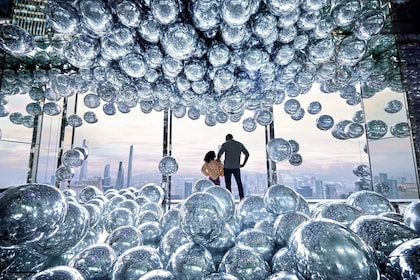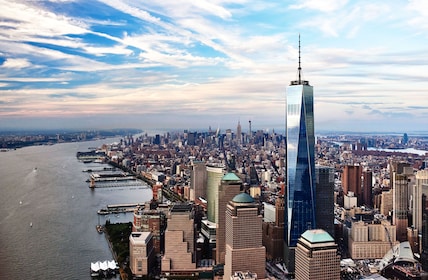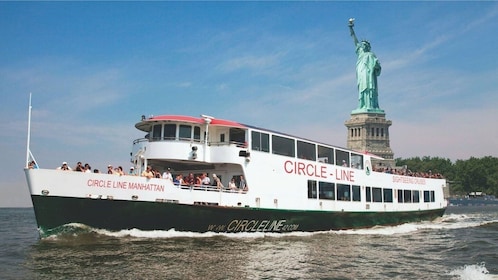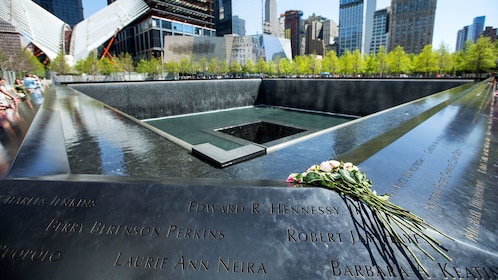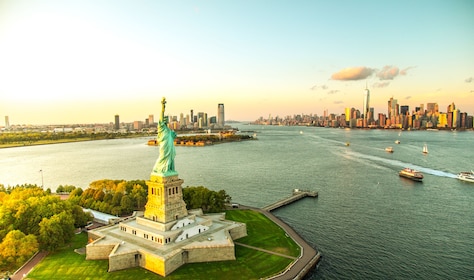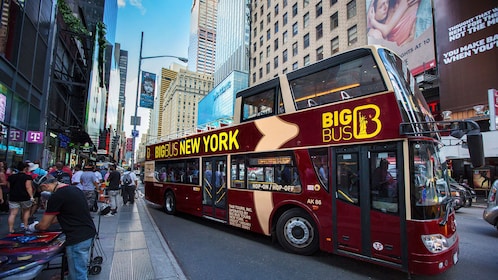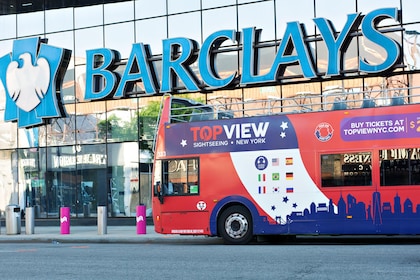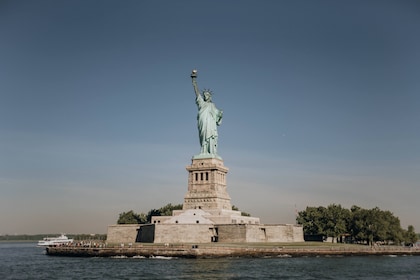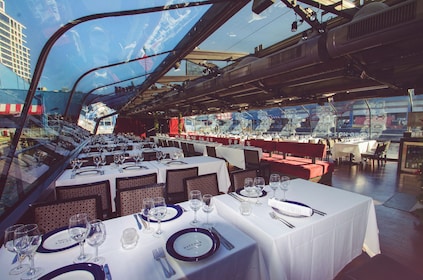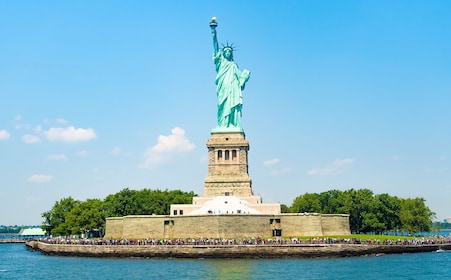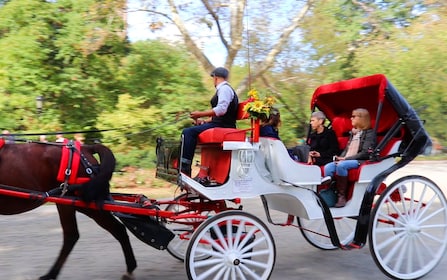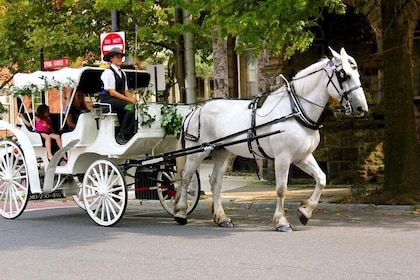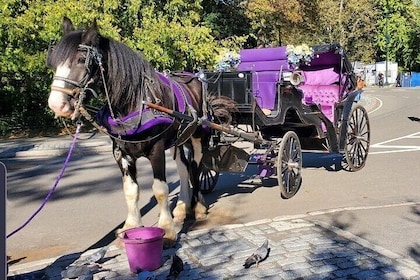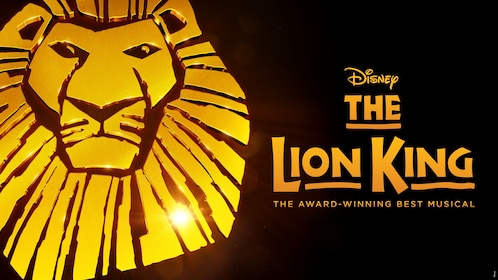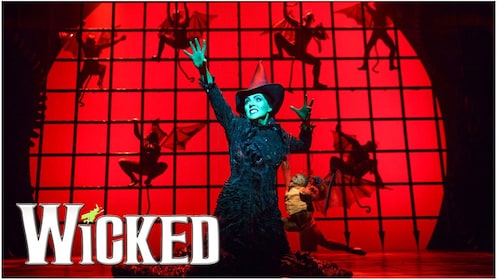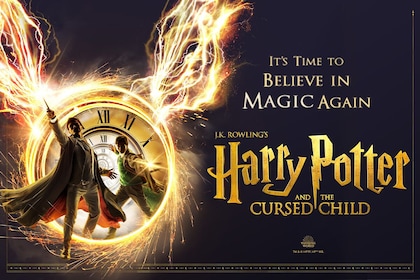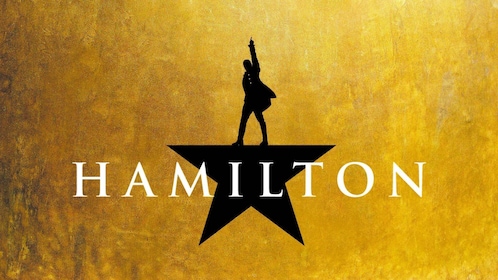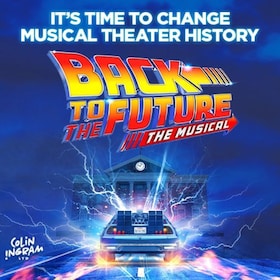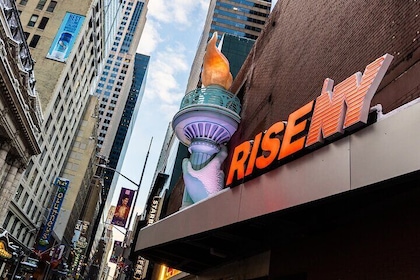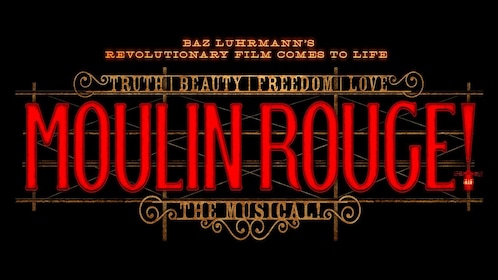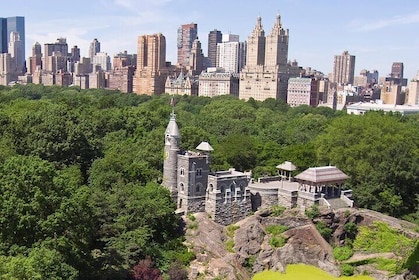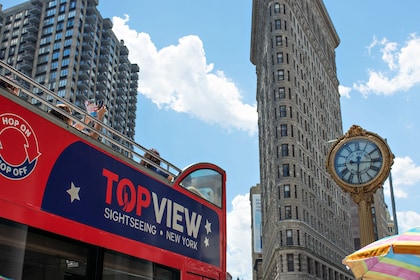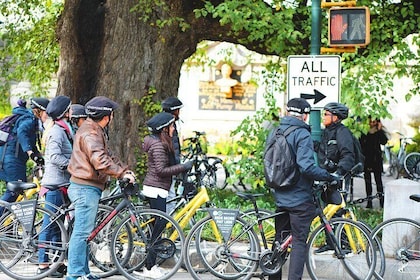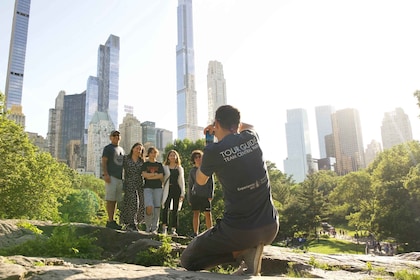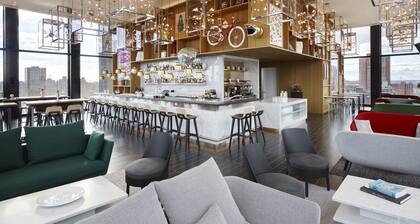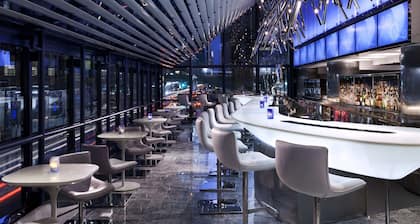The Cooper Union for the Advancement of Science and Art has a history as distinguished as its name. Eccentric inventor, industrialist and philanthropist Peter Cooper founded the school in 1859 as a model of equity and innovation in education. Tuition was free, and qualified women and students of color could readily enroll. Today, see the legacy of that vision living on at Cooper Square, where creative young people gather to pursue art, architecture and engineering.
Sit outside to absorb the atmosphere of Cooper Square on a sunny day. Gaze upward to appreciate the architectural history of the school buildings. The Foundation Building, overlooking Cooper Square, is a stunning example of mid 19th-century Italianate brownstone architecture. Notice a cylinder sticking out of the roof on the western side this was the world’s first elevator shaft. Although the elevator had yet to be invented when the school opened, Cooper was convinced it would happen soon.
The school exemplifies modern-day innovation too. Observe the distorted-cube form across the plaza this campus building boasted state-of-the-art “green” design features when it opened in 2009.
The Cooper Union’s innovations weren’t limited to architecture. Enter the Foundation Building and descend into the basement to the 900-seat Great Hall, the largest secular meeting space in New York City at the time of the college’s founding.
Cooper Union hosted several famous progressive leaders. Abraham Lincoln, Frederick Douglass and Susan B. Anthony all gave addresses here. The National Association for the Advancement of Colored People (NAACP), a leading civil rights organization, held its first public meeting in the Great Hall in 1909. Read about this history in the small informational exhibit outside the entrance to the Great Hall. Immerse yourself in the experience by attending one of the public programs frequently hosted in the hall today.
Reach the Cooper Union for the Advancement of Science and Art via subway, arriving at 8th Street or Astor Place. The Foundation Building is not generally open for public touring, but free and low-cost public programs and exhibitions may provide access. Check the university website for more information about specific events.







